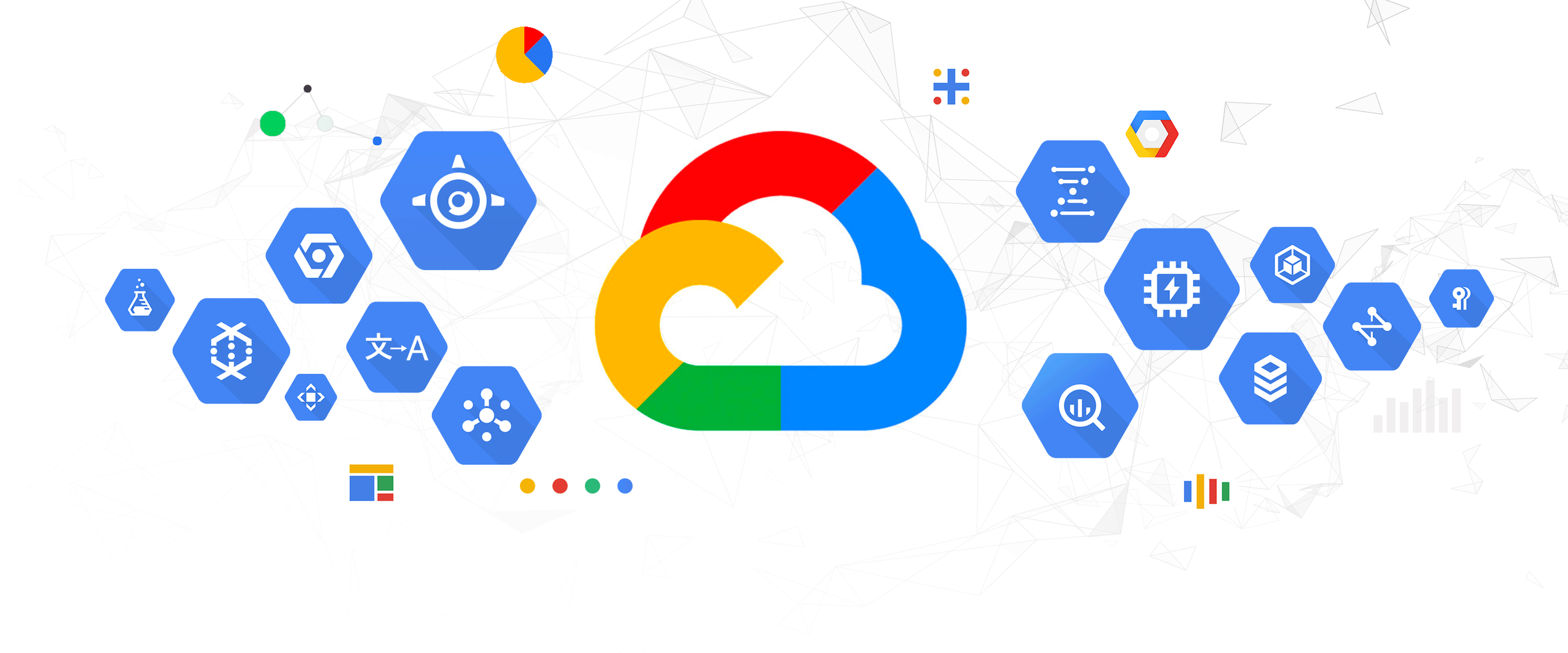It’s no secret that AI has taken the world by storm, particularly the business world. As recently as 2021, at least 86% of executives predicted that AI would become a mainstream technology at their companies. The recent launch of generative AI, in particular, has made C-suite executives reconsider the potential for AI adoption within their organisations. According to recent stats, the adoption rate of AI within businesses is expected to reach 60% by 2025.
Undoubtedly, AI and machine learning systems will only continue to develop and evolve in complexity and capability. But, the success of an AI tool still hinges on one crucial factor - the data it’s trained on. An AI model is only as good as the data that trains it. Poor data, whether it’s inaccurate, incomplete or compromised in some way, can have a detrimental impact on the accuracy and success of an AI tool deployed within your organisation.
Because AI’s success relies so heavily on data quality, it’s vital to structure, cleanse and enrich your data, so it’s truly “AI-ready” and will ensure the models produce the outputs and insights you need at every point in the customer journey. So how can organisations optimise and prepare their data for AI training and implementation? That’s what we’ll be exploring in today’s post.
Creating AI-ready data: How to prepare your data for AI purposes
The first step to creating AI-ready data is ensuring that it’s “clean” - what do we mean by this? In essence, “clean” data is data that’s free of structural errors, omissions, incorrect labels, duplicates and incorrect formats. Your data can only be considered “clean” and ready for AI use when it meets all of these requirements. Let’s take a closer look at each of them below.
Correct structural errors
Data collected and aggregated from various systems, or even a single system, is at risk of containing errors that could impact the AI tool’s performance. Data could include spelling mistakes, incorrect title cases and capitalisations, mislabelings and inconsistent formatting. These structural errors can mislead AI models when making predictions and analysing trends, so it’s important to correct any structural errors as soon as possible.
Handle omitted or missing datasets
Missing or omitted data is data that has only been partially recorded or recorded but not properly saved afterwards. Again, this can impact the accuracy of an AI model, so it’s vital to handle missing data in the best way possible. You can eliminate datasets that have incomplete or missing values, however, this will result in lost data that’s potentially valuable.
You could also fill in the blanks based on prior data observations, but again, there’s a risk here as you’re basing your inputs on assumptions and not objective observations. You could also amend how the data is used to try and work around the missing values or datasets. If you’re collecting data from different systems, data silos may also be behind missing data.
Remove duplicated data
Data duplications happen when duplicate or even multiple entries of the same datasets are created. This most commonly occurs when data is gathered from multiple sources, such as several, disconnected systems or spreadsheets. Identifying and removing duplicates will improve an AI tool’s accuracy in predictive analytics and modelling.
Identify and remove outlier data (if applicable)
Occasionally, once-off data that doesn’t align with the datasets you’re assessing can occur, also known as “outlier data”. This data could be incorrectly entered or recorded, in which case it should be removed. But, it could be the result of an uncommon customer behaviour or action. It’s important to identify it and analyse it before removing it. It could be the result of an error or could be indicative of an outlier customer response that’s worth further analysis.
Analyse and validate your data
Once you’ve corrected these errors and structured your data correctly, your data should be appropriately “clean” and ready for AI training and utilisation. If you’re not completely sure that your data is ready, asking these questions can help you find out:
- Does the data make sense in terms of structure, format and labelling?
- Does the data follow the correct and appropriate rules for its field?
- Does the data produce any trends, insights or potential new theories?
If your answer is yes to all of these questions, your data is clean and ready for AI!
How to structure, centralise and enrich your data on a single platform: Data Cloud
While running an effective AI solution is impossible without clean, AI-ready data, it’s also true that it’s virtually impossible to cleanse and enrich your data without the help of AI. Manually pouring through thousands of datasets and organising them by type, label, and structure is time-consuming and tedious work for your teams.
Salesforce’s Data Cloud does the heavy lifting for you, ensuring your data is structured, cleansed and enriched, no matter its type or origin. Data Cloud collects, connects and structures all of your disparate customer data from any software or app.
It then harmonises it, creating a single customer profile that consistently gets updated with real-time data. No matter their department, Data Cloud equips your teams with accurate, up-to-date customer profiles that they can use to deliver an outstanding customer experience through AI-powered services.
Your teams can leverage the real-time updates from Data Cloud in combination with generative AI to personalise each customer interaction within seconds and make optimal decisions that most benefit each customer. That’s the power of Data Cloud - it puts the power of your data in your hands.









